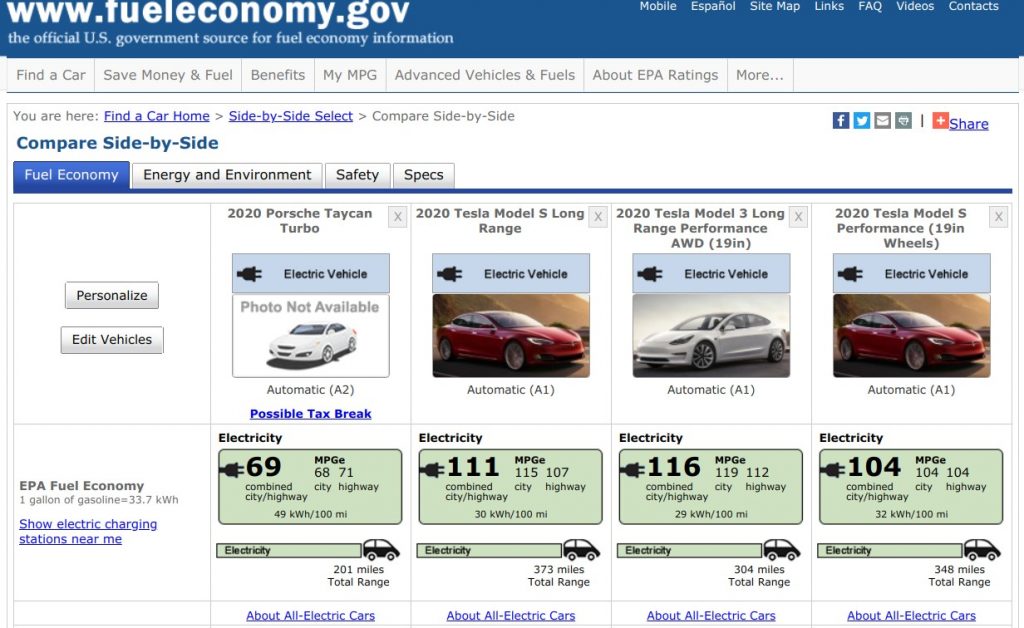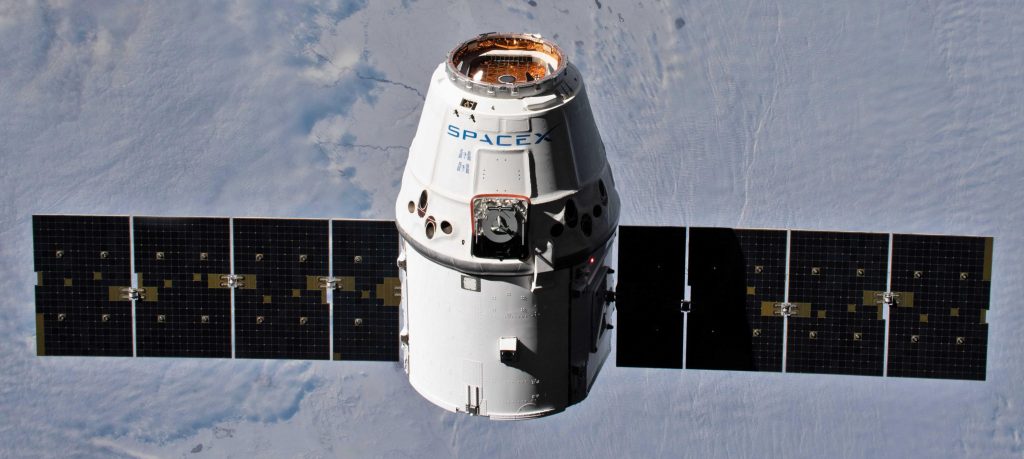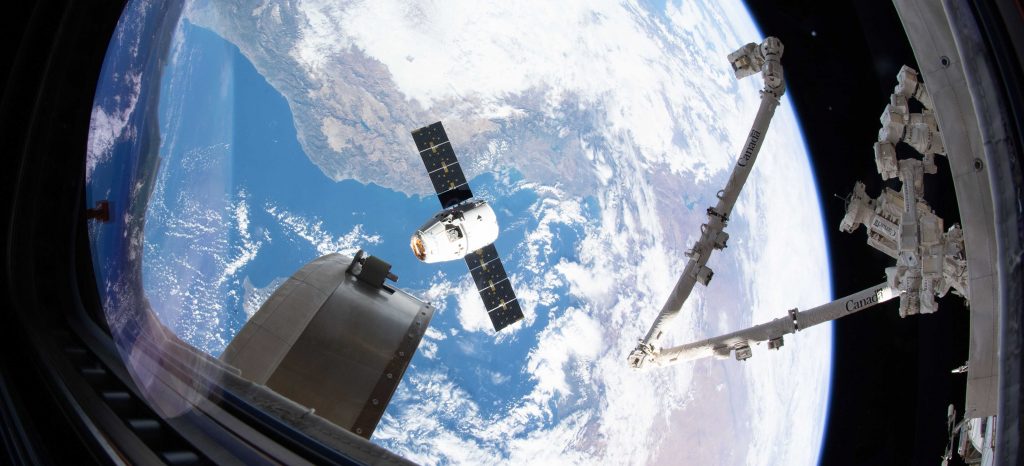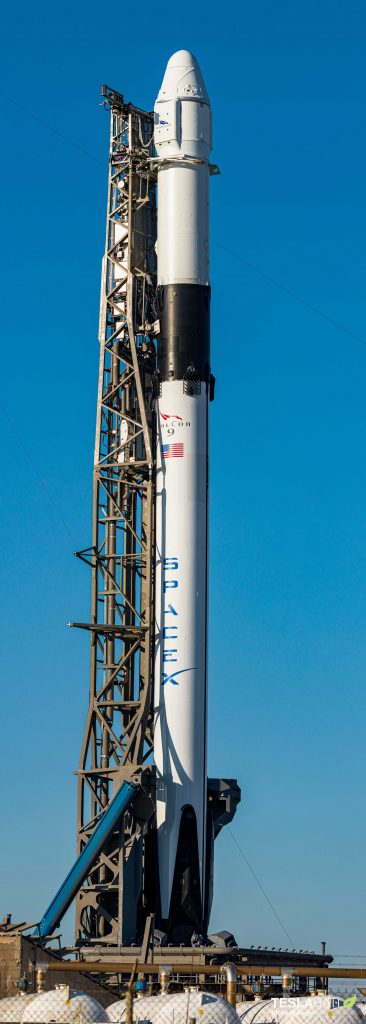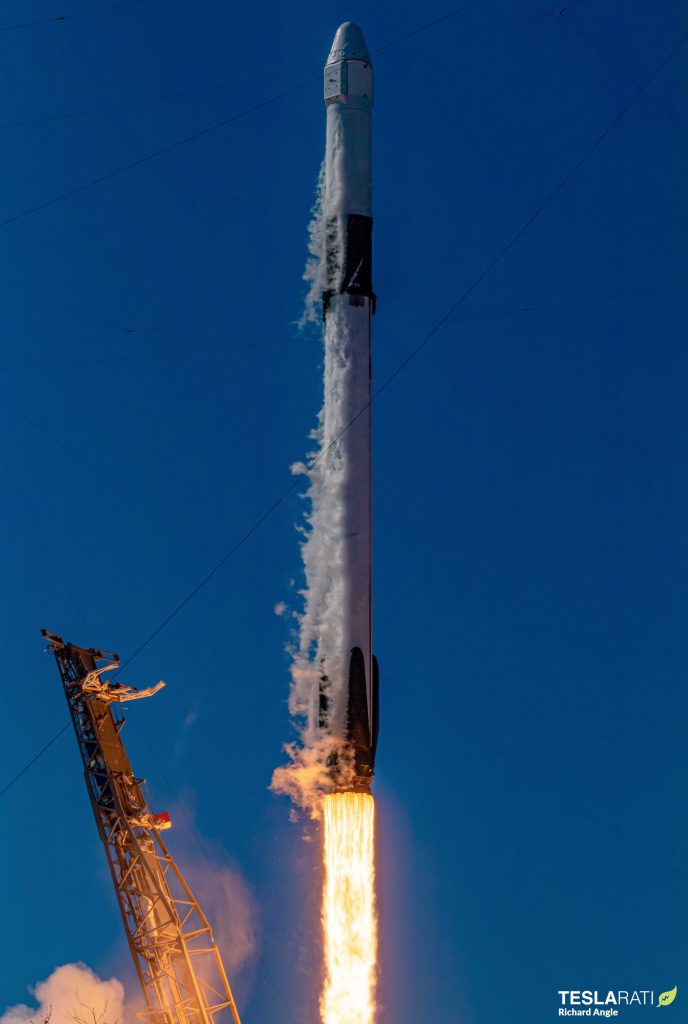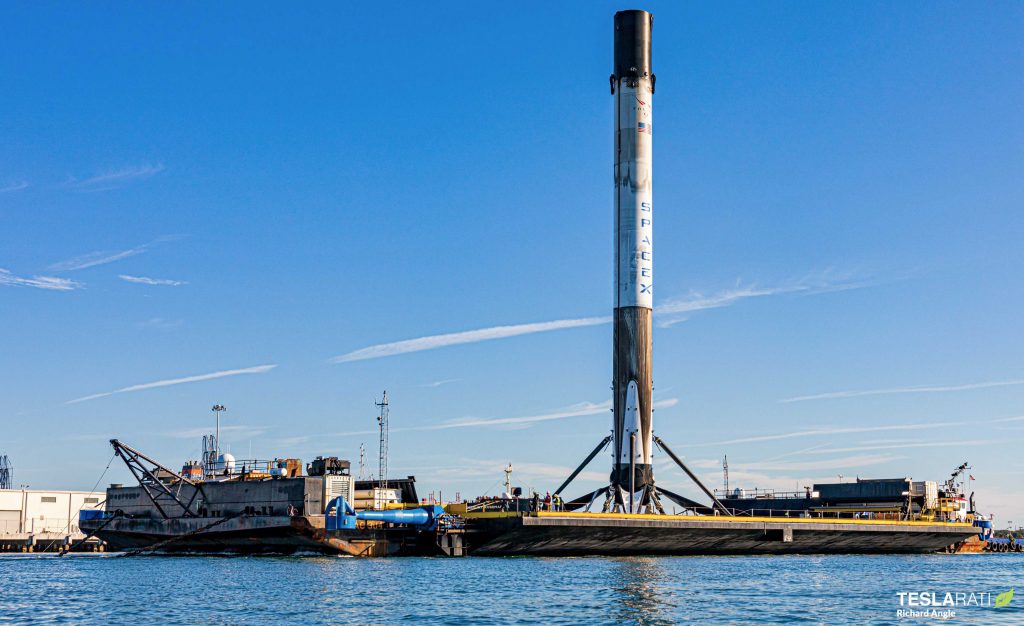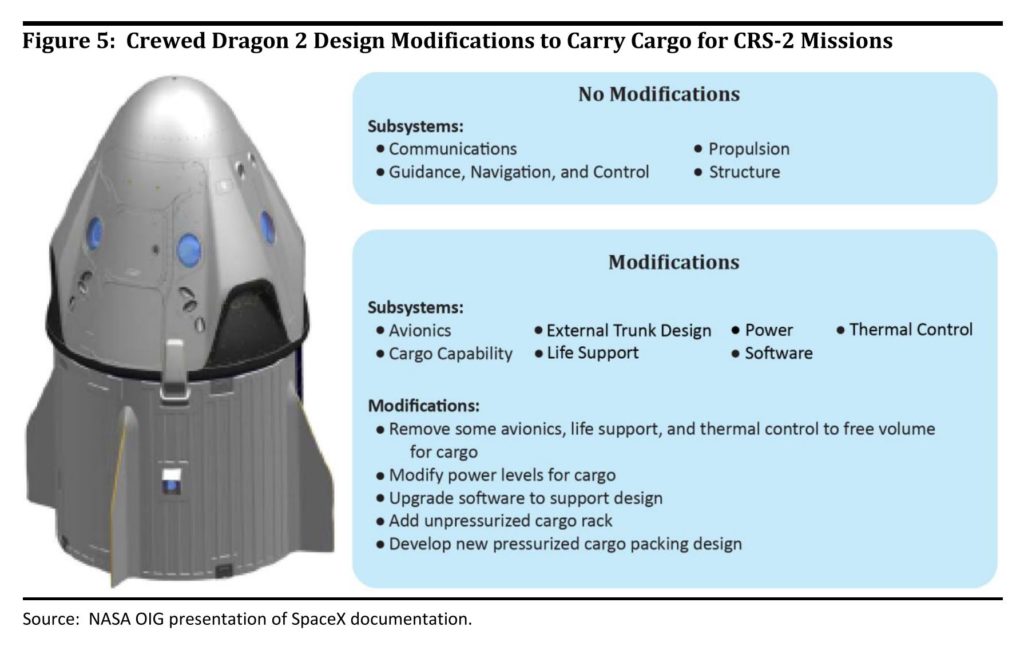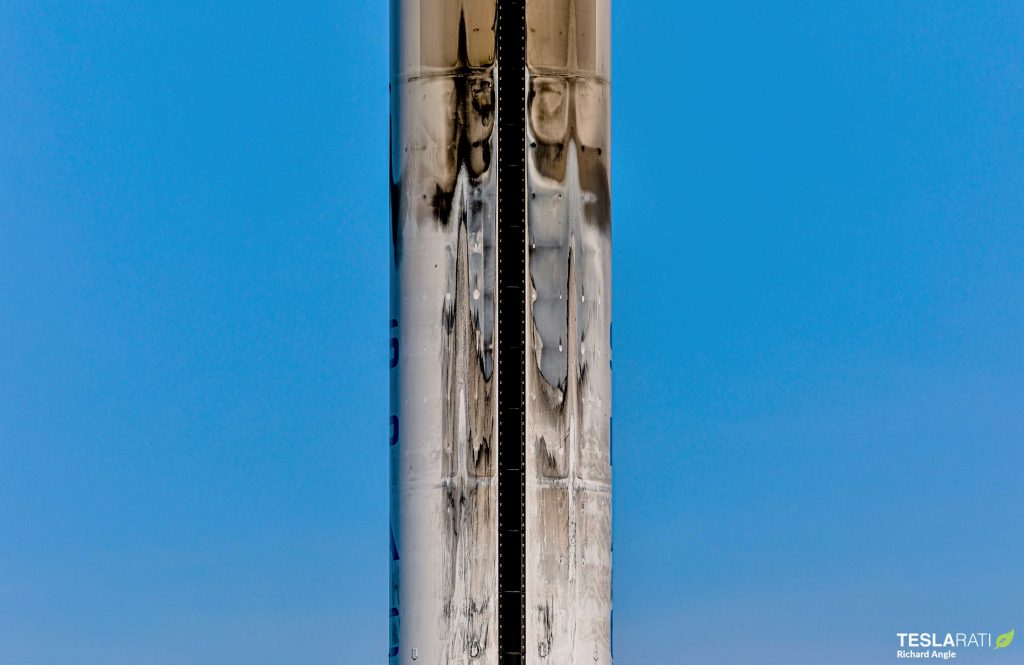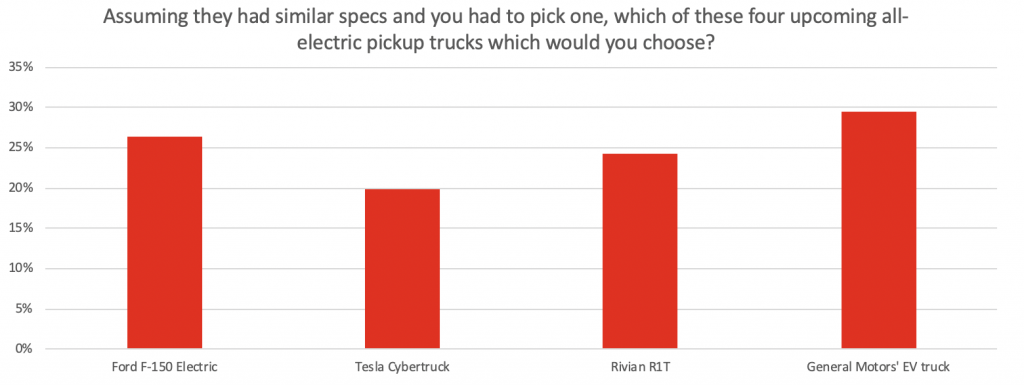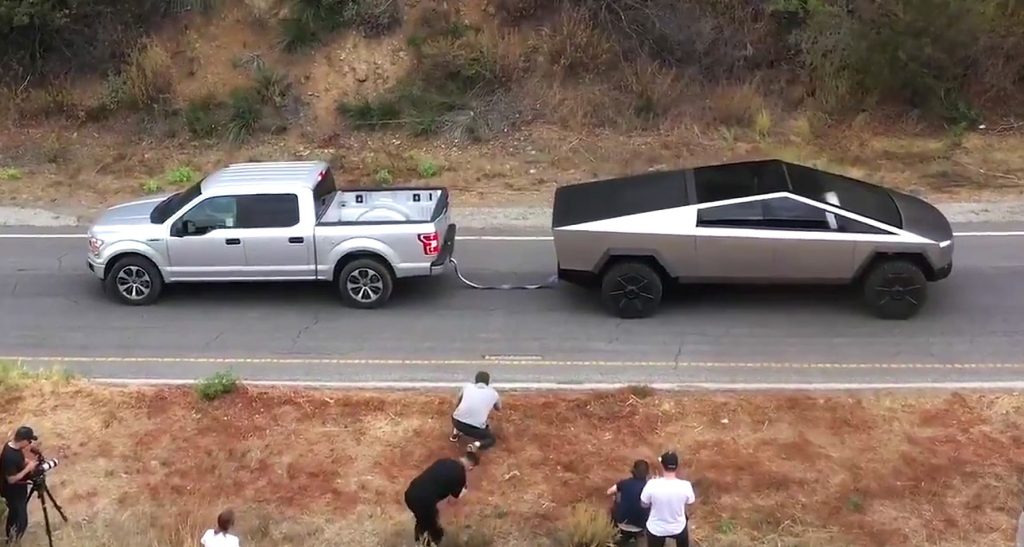On December 10th, SpaceX’s East Coast rocket recovery fleet added a second drone ship to its ranks in a bid to expand its capabilities to support dozens of annual Falcon 9 and Heavy launches, as well as experimental Starship and Super Heavy booster recoveries.
Formerly stationed out of Port of Los Angeles to support SpaceX’s once-substantial West Coast launch manifest, the need for West Coast launches has rapidly dried up over the last six months. That drought had such a long lead that SpaceX decided to transfer drone ship Just Read The Instructions (JRTI) through the Panama Canal, moving the vessel several thousand miles from Port of Los Angeles to Port Canaveral, Florida.
JRTI made it through the Canal several months ago and headed East towards Florida before making an intriguing and lengthy pit stop in a Louisiana port. While there, marine engineers and technicians performed a number of unknown tasks presumed to be a scheduled period of inspections and maintenance. In the last few weeks JRTI spent in Louisiana, SpaceX loaded the drone ship with more than a dozen huge generators and power controllers, as well as six massive maneuvering thrusters.
Although perspectives were lacking while JRTI was docked in LA, it was clear that some (or all) of the new hardware was meant for the drone ship, indicating that the rocket recovery platform could be in for some major upgrades. The aforementioned thrusters are much larger and appear to be heavier than JRTI’s former blue azimuth thrusters, four of which also adorn Florida-based drone ship Of Course I Still Love You (OCISLY).
Those massive thrusters are presumably meant for JRTI (and possibly OCISLY). The fact that they have been delivered alongside an even larger number of generators – far more than are usually present on SpaceX drone ships – indicates that their power output is probably larger, too. It’s not clear how much more powerful they are but one goal is unequivocal: with more powerful thrusters, SpaceX’s drone ships should be much more tolerant of bad weather, meaning that SpaceX will be able to launch Falcon 9, Falcon Heavy, and Starship without having to worry as much about the weather hundreds of miles downrange.
Depending on how powerful they are, it’s also possible that those upgraded thrusters are strong enough to independently power drone ships to and from their ocean landing zones. As of now, SpaceX must contract days of tugboat services to tow drone ships to and from their landing zones, by far one of the biggest recurring costs for booster recoveries. If a major power supply upgrade and much larger thrusters are indeed enough to enable independent cruise capabilities, it could significantly streamline SpaceX’s drone ship recovery efforts, cutting costs and increasing flexibility and availability.
It’s hard to say why drone ship JRTI only brought six new thrusters with it, given that SpaceX’s East Coast fleet now has two drone ships and four thrusters are needed to enable stationkeeping on just one of them. Perhaps two more thrusters are on backorder and will be delivered directly to Port Canaveral. More likely, only one drone ship – likely JRTI – will initially be upgraded with new thrusters and power equipment, leaving two spare thrusters in case those installed are damaged by recovery attempts or fail for more mundane reasons.
In the past, drone ship OCISLY has suffered a handful of recovery anomalies that forced SpaceX to replace the vessel’s blue azimuth thrusters and their associated hydraulic equipment. In some cases, a lack of replacement thrusters lead SpaceX to scavenge drone ship JRTI, leaving the ship without thrusters for several months. With these latest upgrades, SpaceX has presumably learned from those past mistakes and ensured that several spare generators and thrusters are on hand.
Given that SpaceX has yet to install those upgraded thrusters or generators on either JRTI or OCISLY, as well as the general uncertainty surrounding their purpose, it’s safe to say that the next several weeks will be exciting. For now, it’s unknown when JRTI will be ready to support its first East Coast rocket recovery, but there will be plenty of launches to choose from once she is.
With two drone ships now stationed out of Port Canaveral, SpaceX will be able to support a more capable Falcon Heavy configuration, expending the center core while recovering both side boosters at sea. SpaceX will also be able to attempt experimental Starship and Super Heavy drone ship landings while still having a spare ship to support its regular Falcon 9 missions. Most importantly, two drone ships will allow SpaceX to reach launch/landing cadences and turnaround times previously impossible with a single ship, an absolute necessity if the company hopes to achieve its goal of ~24 Starlink launches on top of 10+ commercial launches in 2020.
Check out Teslarati’s newsletters for prompt updates, on-the-ground perspectives, and unique glimpses of SpaceX’s rocket launch and recovery processes.

(adsbygoogle = window.adsbygoogle || []).push({});
<!–
–>
var disqus_shortname = «teslarati»;
var disqus_title = «SpaceX adds a second drone ship to its East Coast rocket recovery fleet»;
var disqus_url = «https://www.teslarati.com/spacex-adds-second-drone-ship-rocket-recovery-fleet/»;
var disqus_identifier = «teslarati-120185»;

